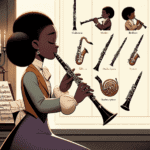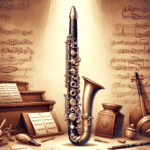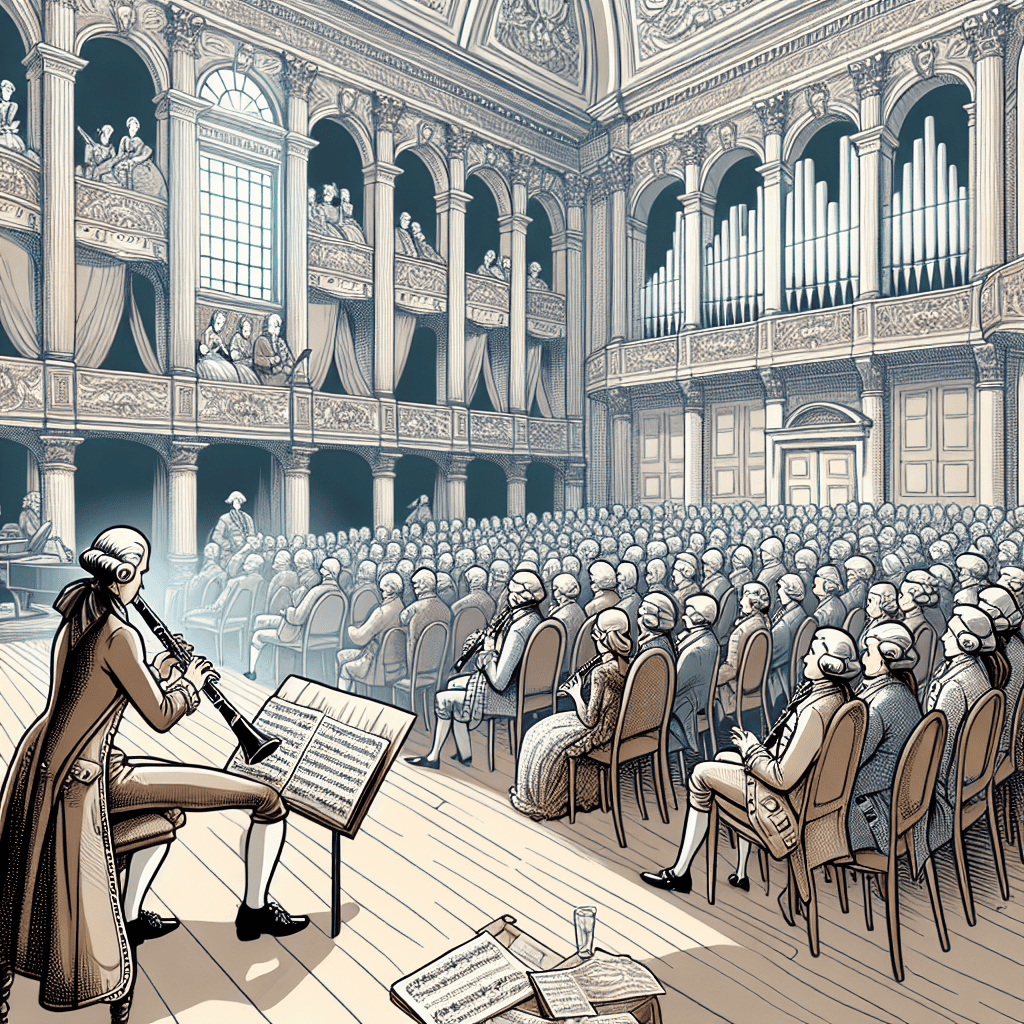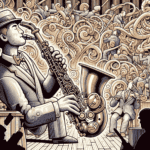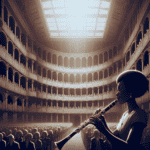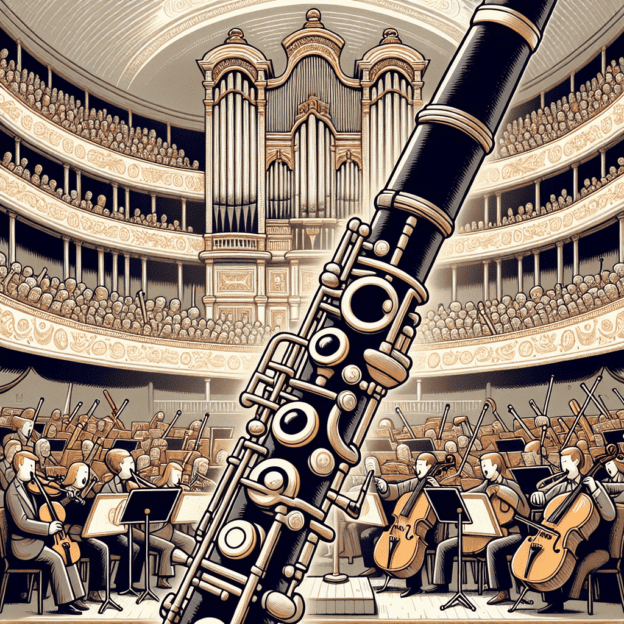The Romantic Era, spanning from the early 19th century to the early 20th century, was a period known for expressive melodies, rich harmonies, and a strong focus on emotion in music. The clarinet grew in importance during this time, transforming from its classical roots into a versatile instrument favored by many composers. This post looks at why the clarinet became so prominent in Romantic music, its special features, and some important works that show off what it can do.
The Evolution of the Clarinet
The clarinet first appeared in the early 18th century and went through big changes leading up to the Romantic Era:
- Technical Improvements: The Boehm system, introduced in the early 19th century, changed clarinet design completely. It made playing in tune easier and improved finger technique, making the clarinet more expressive and easier to play.
- Wider Range: The clarinet could play more high and low notes, opening up new ways to use it in compositions.
- Various Tone Colors: The clarinet can make many different sounds—from soft and smooth to bright and sharp—which made composers like it for expressing feelings in their music.
How It Affected Romantic Composers
As the clarinet got better, many Romantic composers started using it more in their music:
- Felix Mendelssohn: He really liked the clarinet and used it a lot in his orchestral and chamber music. His Concertante for Two Clarinets shows off how beautifully the clarinet can sing.
- Johannes Brahms: Brahms wrote many pieces for the clarinet that show how expressive it can be. His Clarinet Quintet in B minor and Sonatas for Clarinet and Piano are great examples of the deep feelings the clarinet can express.
- Wolfgang Amadeus Mozart: Even though he came before the Romantic Era, Mozart's works, like his Clarinet Concerto in A major, set the stage for later composers to explore what the clarinet could do.
| Composer | Work | Year |
|---|---|---|
| Carl Maria von Weber | Clarinet Concerto No. 1 in F minor | 1811 |
| Felix Mendelssohn | Concertpiece No. 1 in F minor | 1832 |
| Robert Schumann | Fantasiestücke for Clarinet and Piano | 1849 |
| Johannes Brahms | Clarinet Quintet in B minor | 1891 |
The Clarinet in the Orchestra
During the Romantic Era, orchestras got bigger, and the clarinet found its place in different parts:
- Woodwind Section: The clarinet became an important part of the woodwind section, working with the flute, oboe, and bassoon to create rich sounds in orchestral music.
- Solo Parts: Composers started writing special solo parts just for the clarinet, letting it stand out in symphonies. They often used the clarinet's warm sound for beautiful melodies and dramatic moments.
- Chamber Music: As chamber music became more popular, the clarinet got to play with pianos, strings, and other instruments in smaller groups, making intimate and lively music.
Examples of Clarinet Usage in Romantic Music
Some important pieces show how important the clarinet was:
- Brahms' Clarinet Quintet in B minor: Many people think this is one of the best pieces of Romantic chamber music. It shows how the clarinet can express deep feelings.
- Mendelssohn's Die Hebriden (Fingal's Cave): In this overture, the clarinet plays a theme that adds a mysterious feel to the whole piece.
- Debussy's Rhapsody for Clarinet and Orchestra: Even though it's a bit later than the Romantic era, this piece shows how composers used the clarinet's expressive sound, with flowing melodies and rich orchestration.
Wrapping Up the Clarinet's Journey
The clarinet's story through the Romantic Era shows how the instrument changed and how composers fell in love with its unique sound. From the new techniques players developed to the lasting effect on music, the clarinet continues to be an important voice in orchestras and chamber music today.

